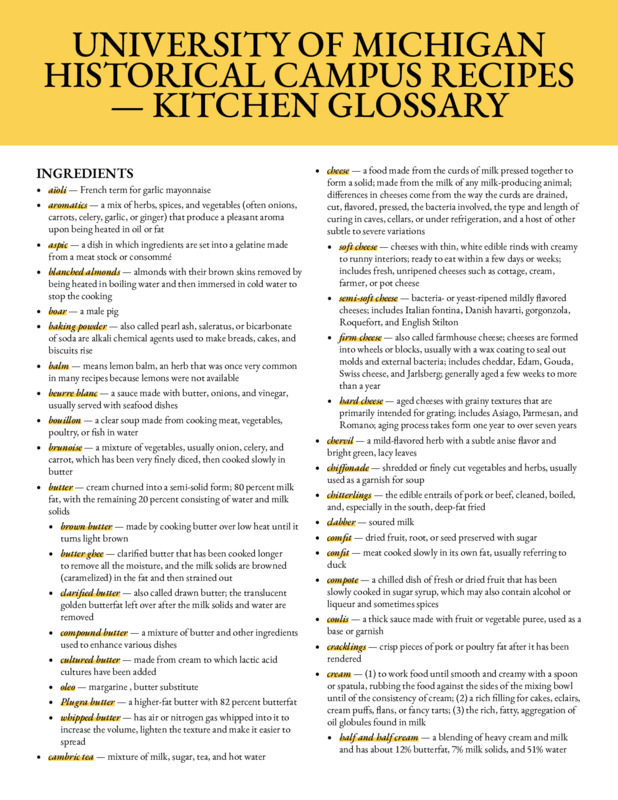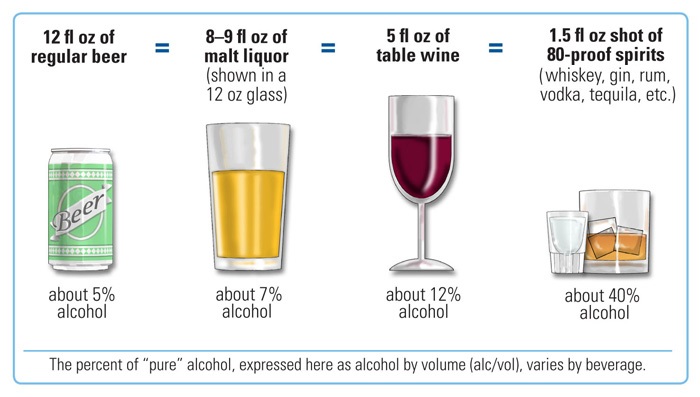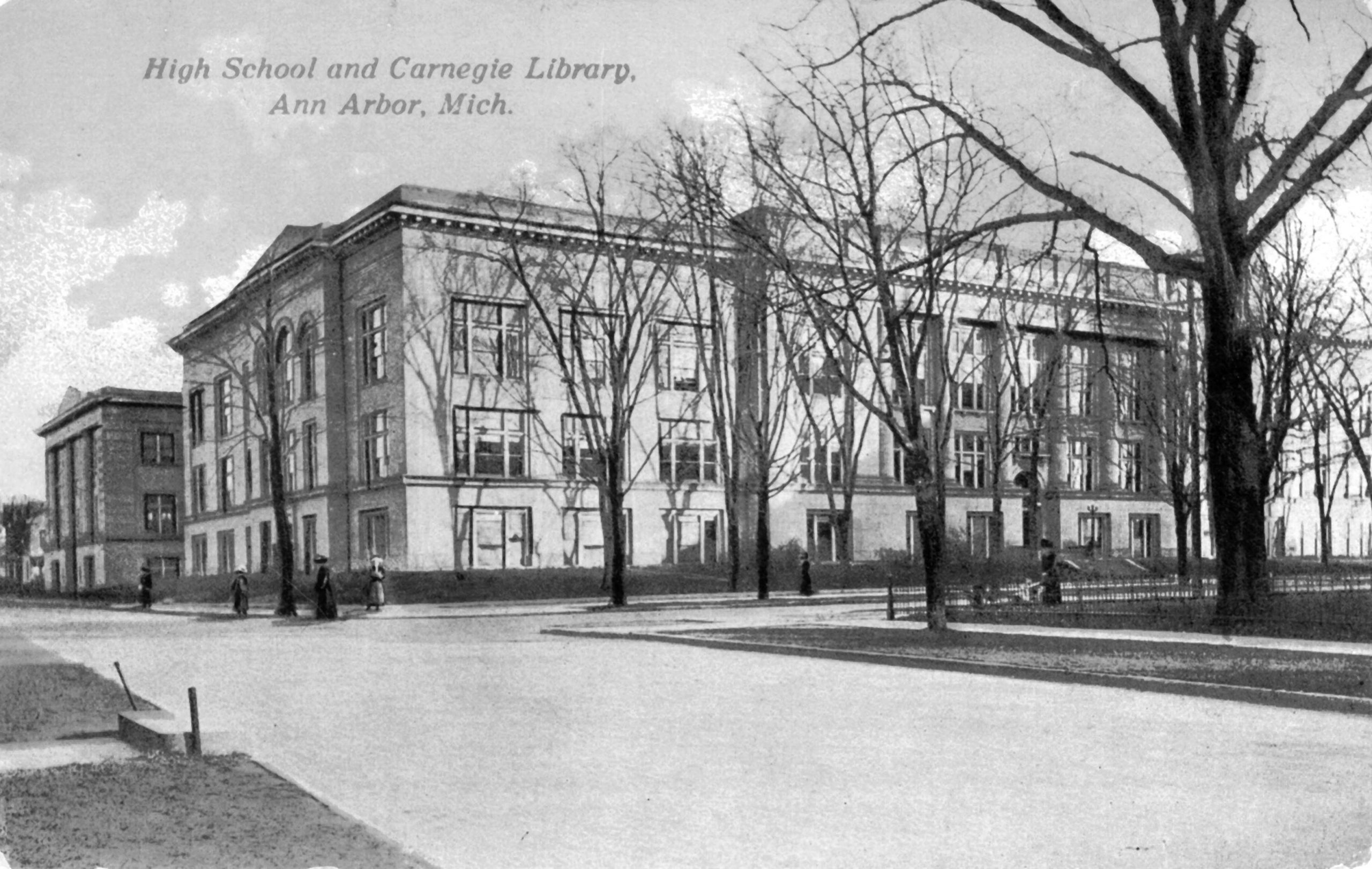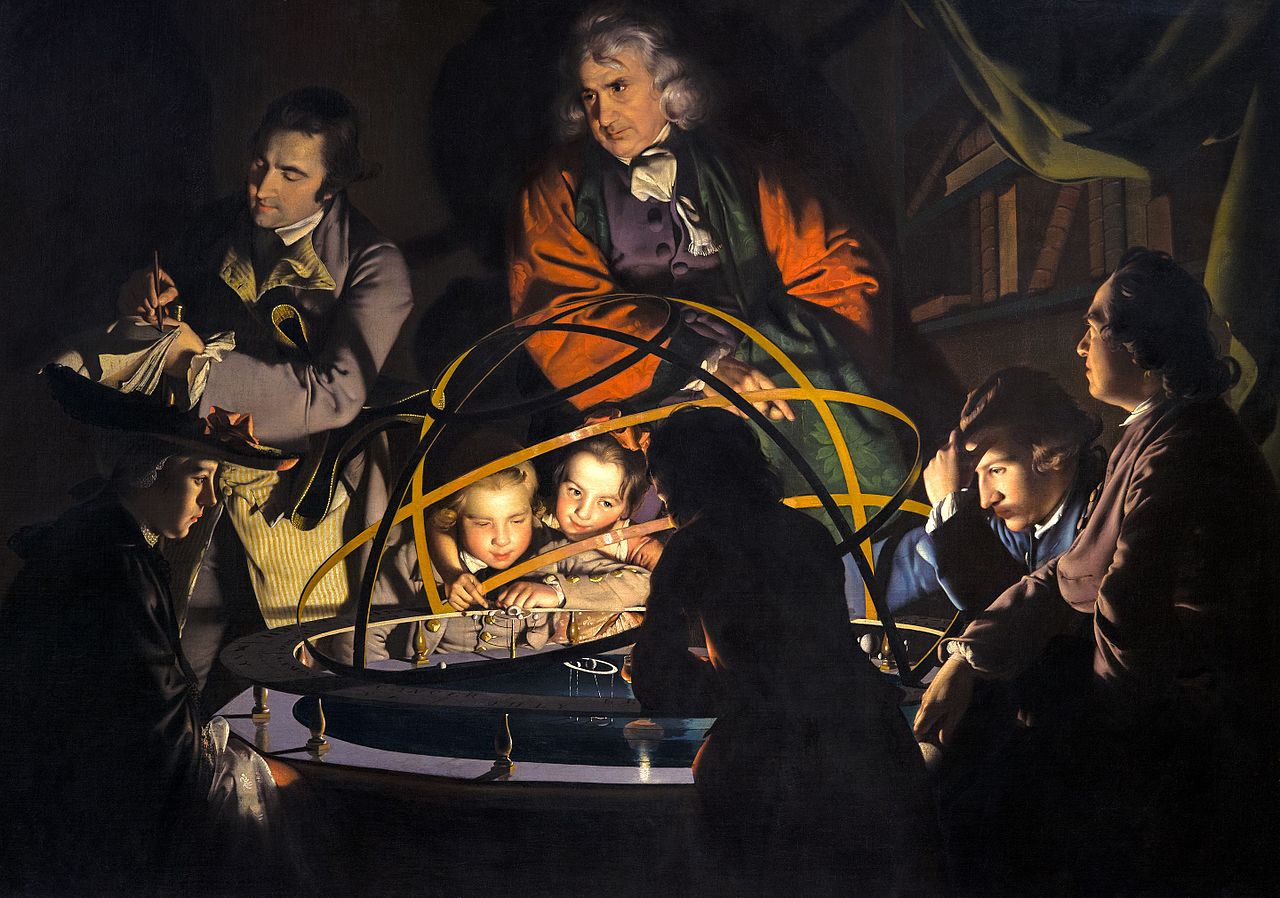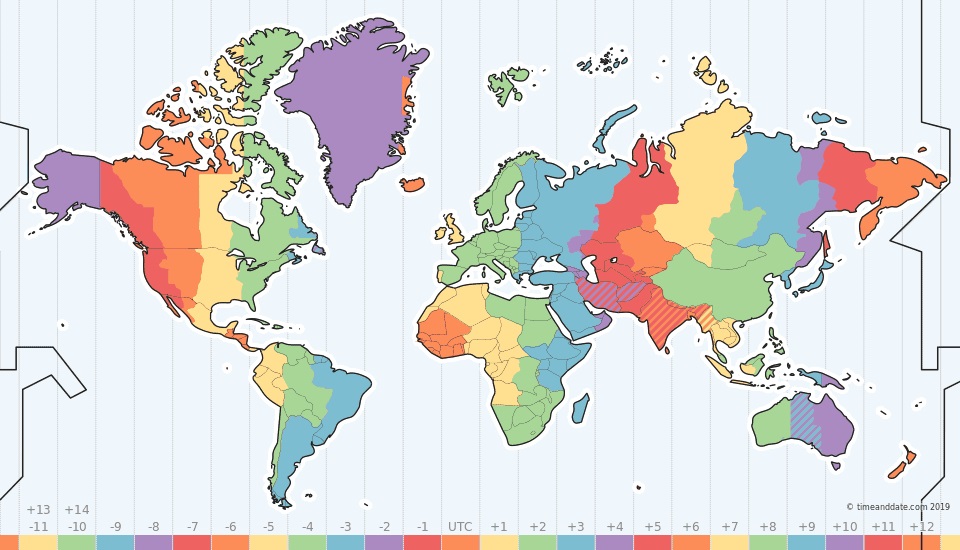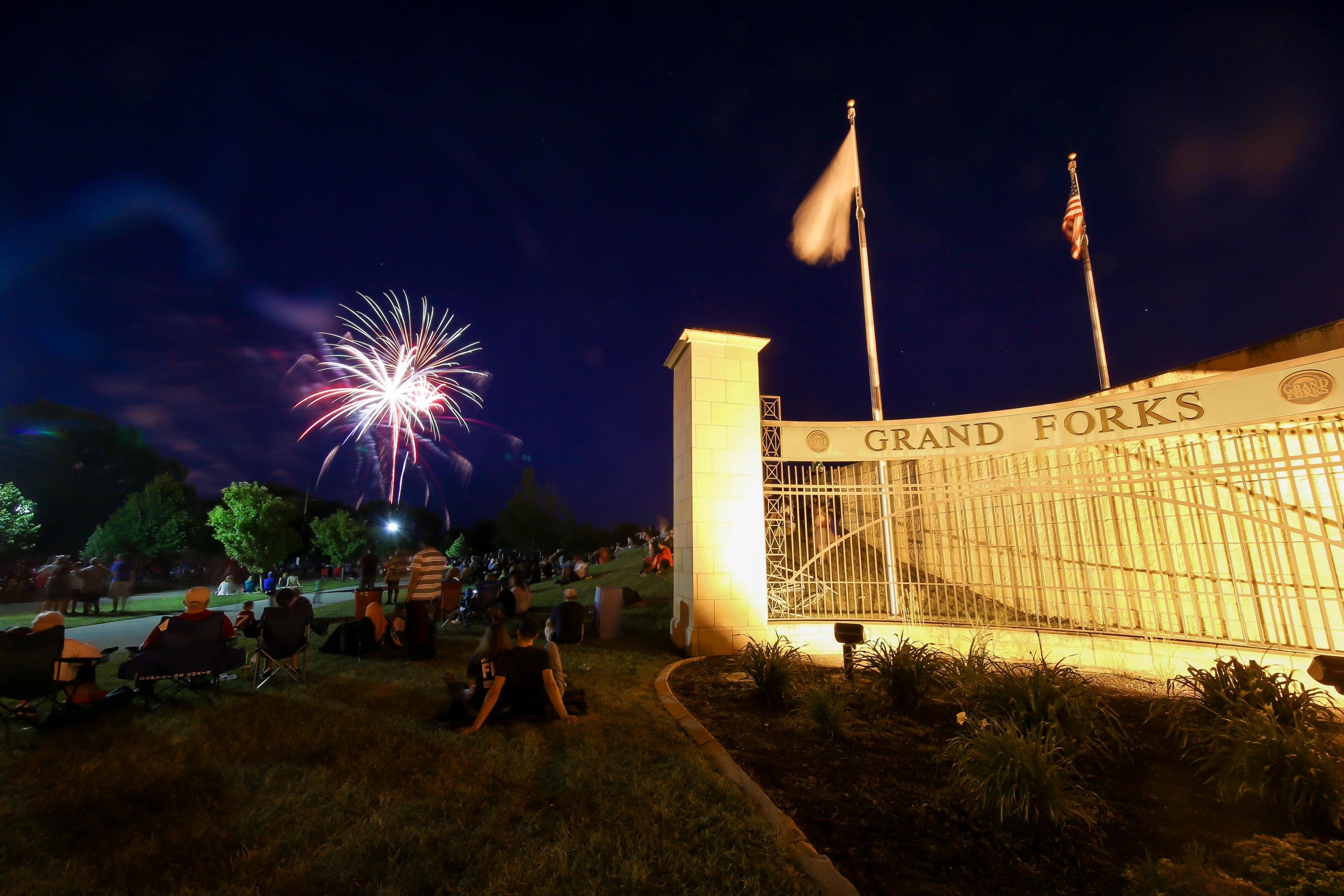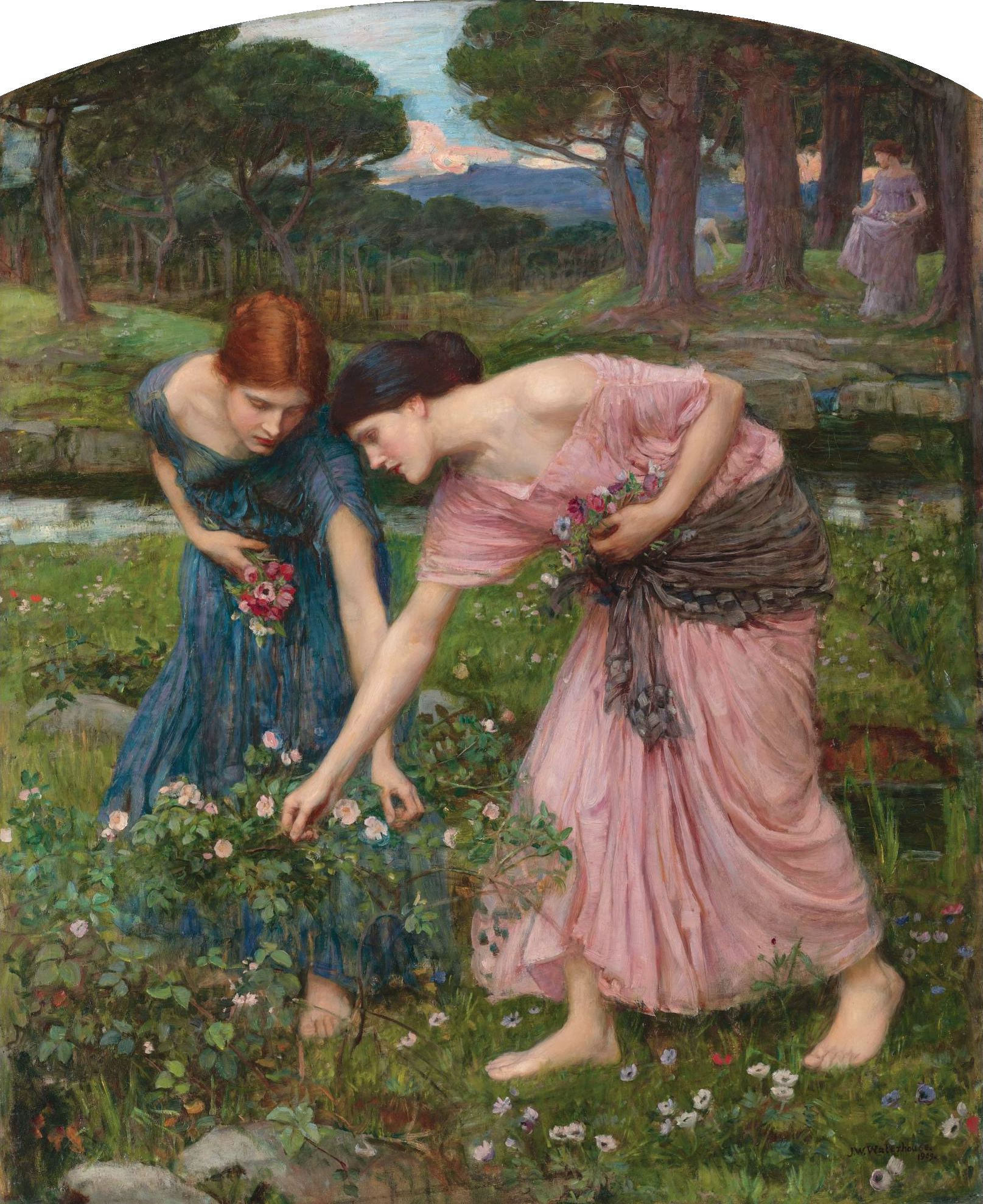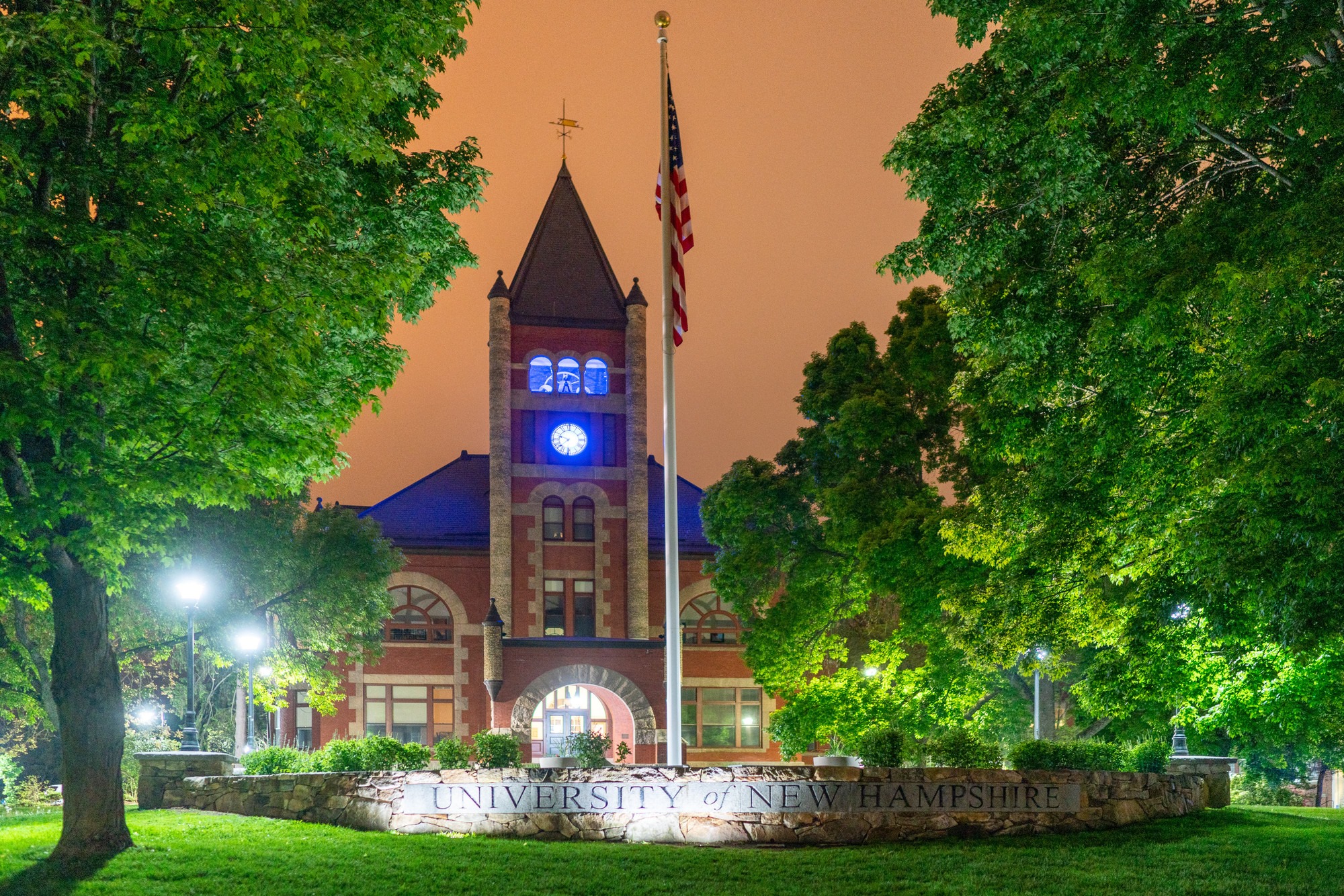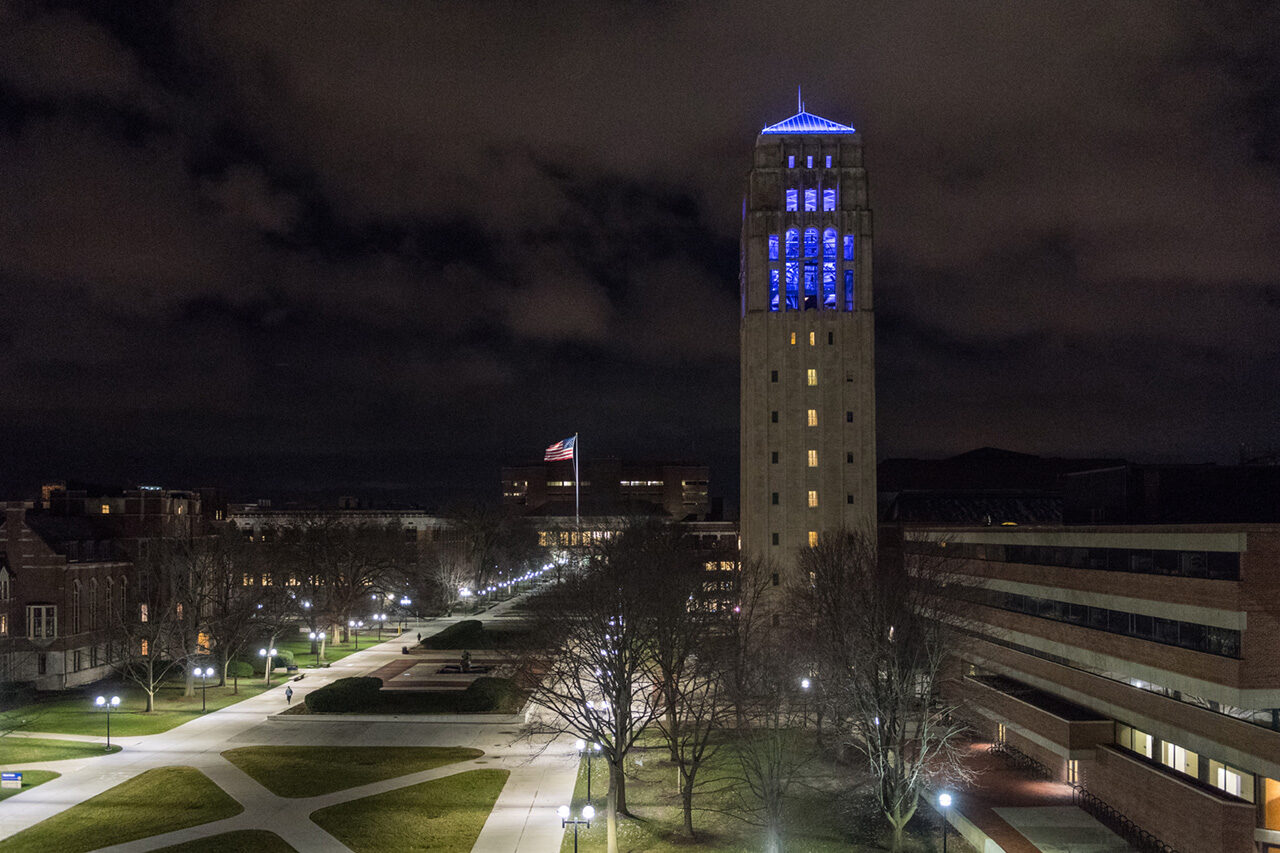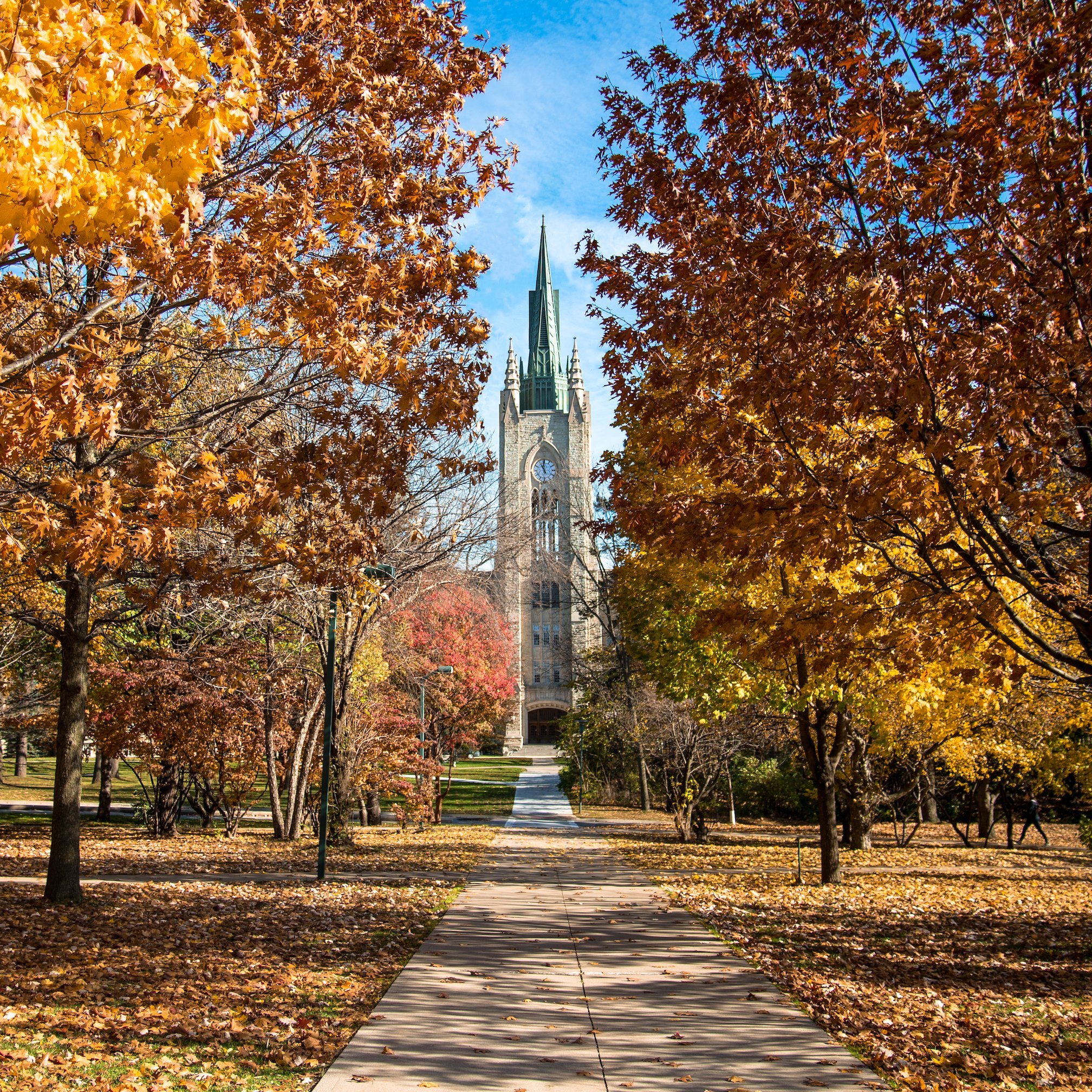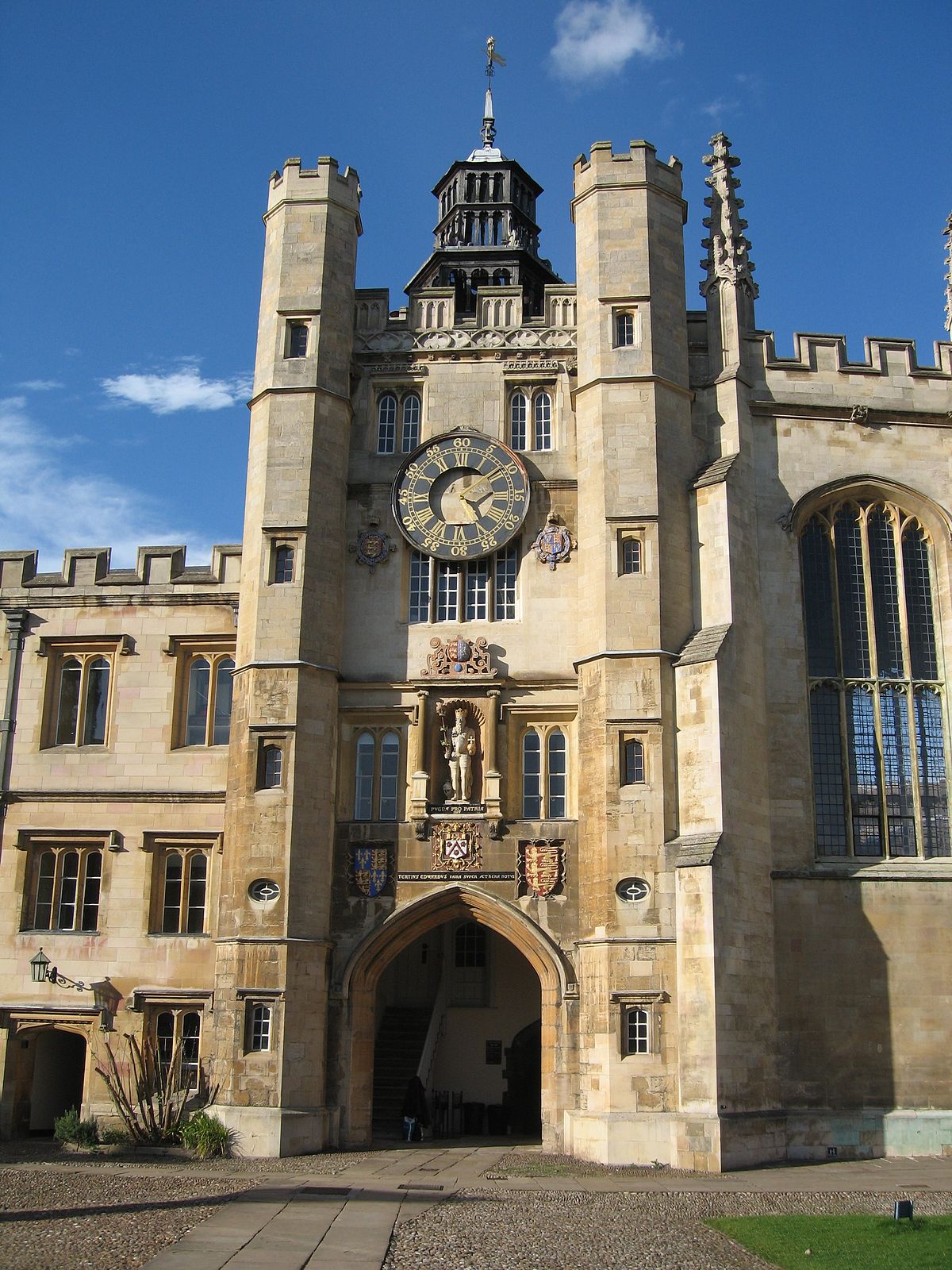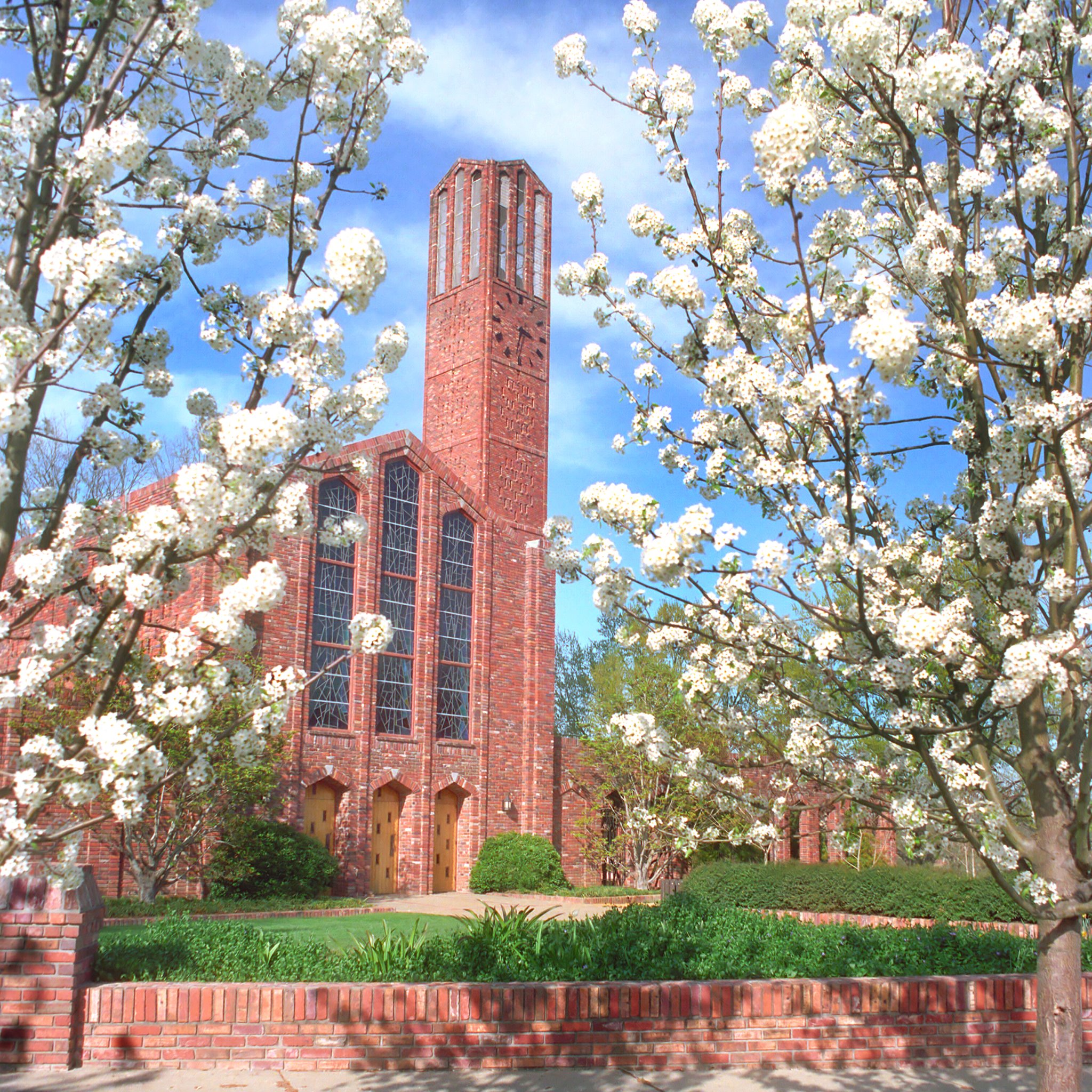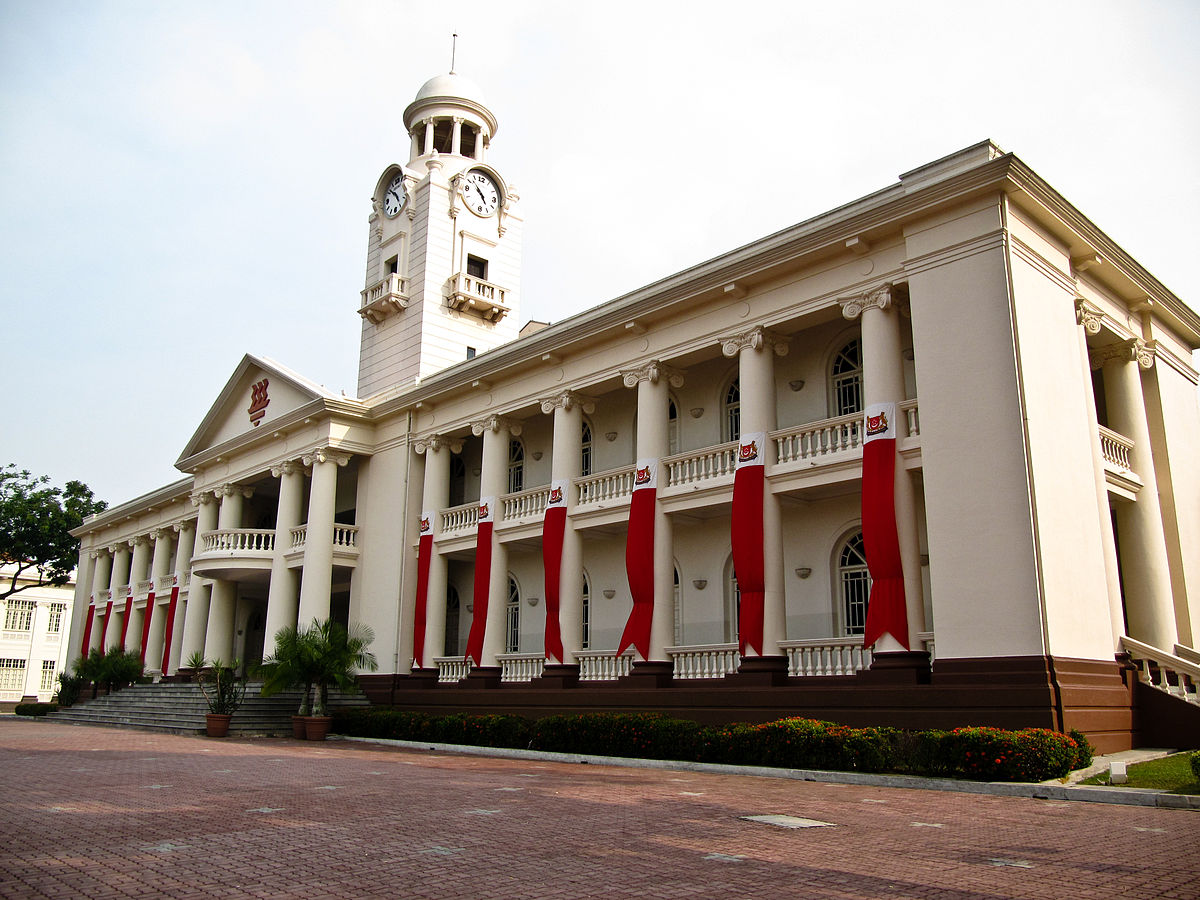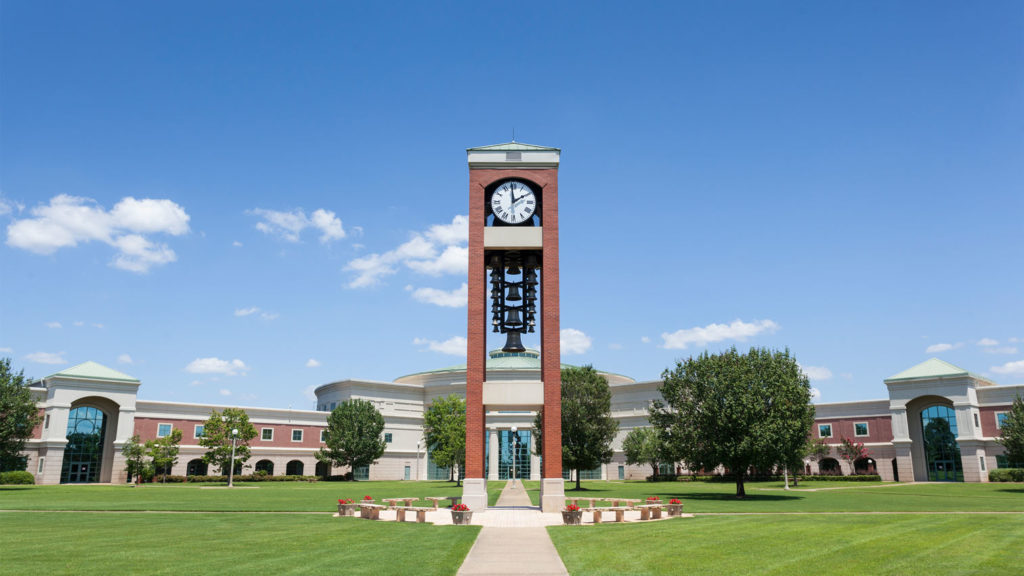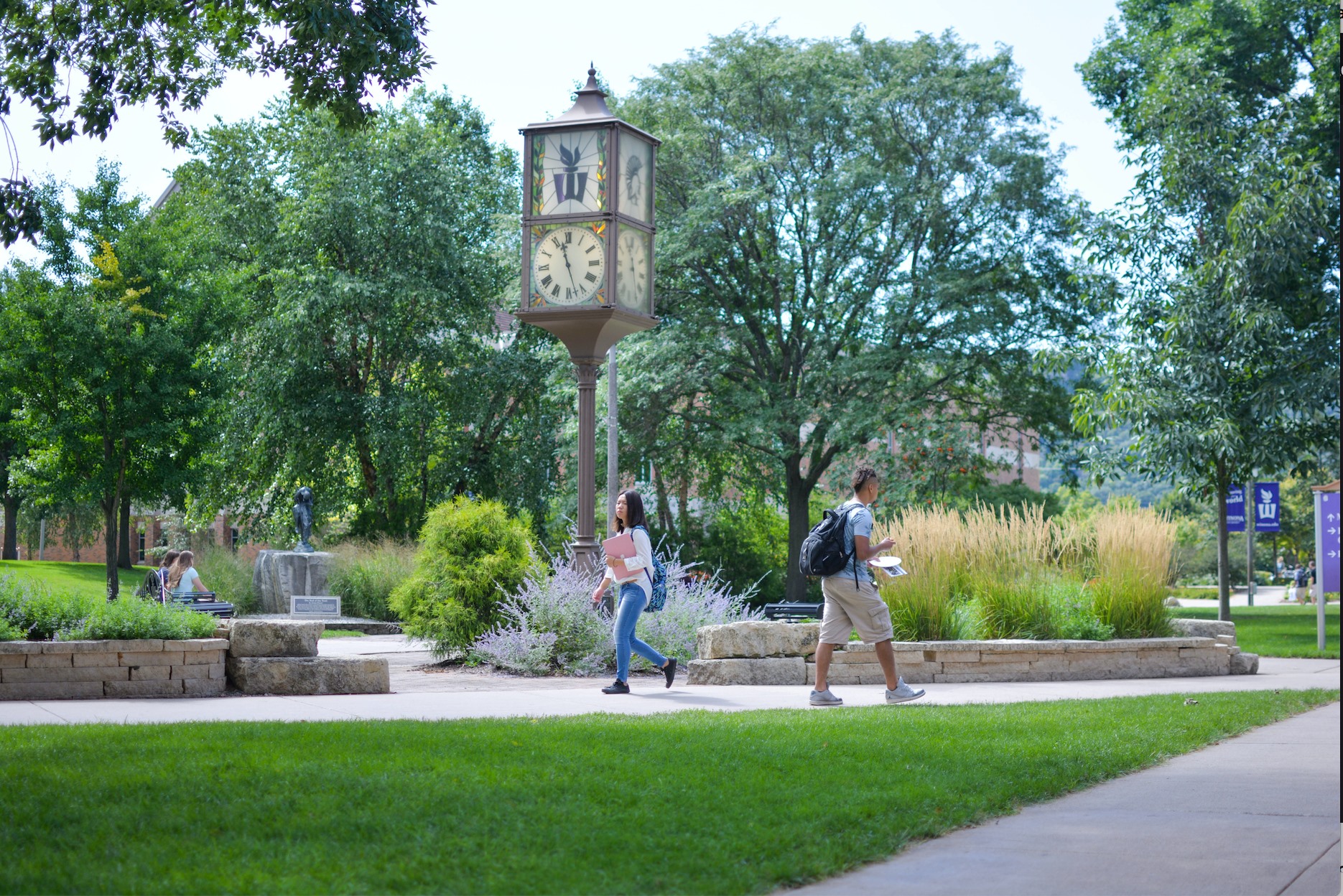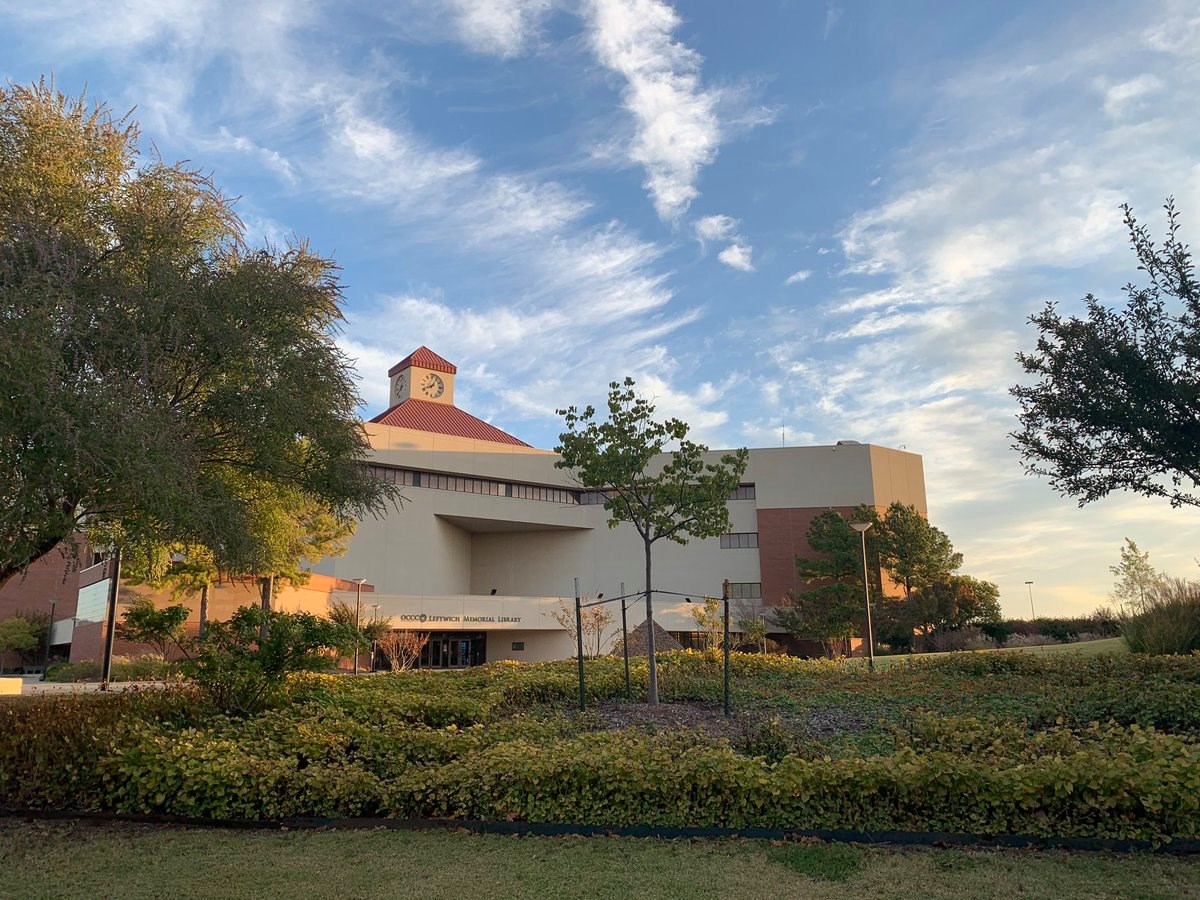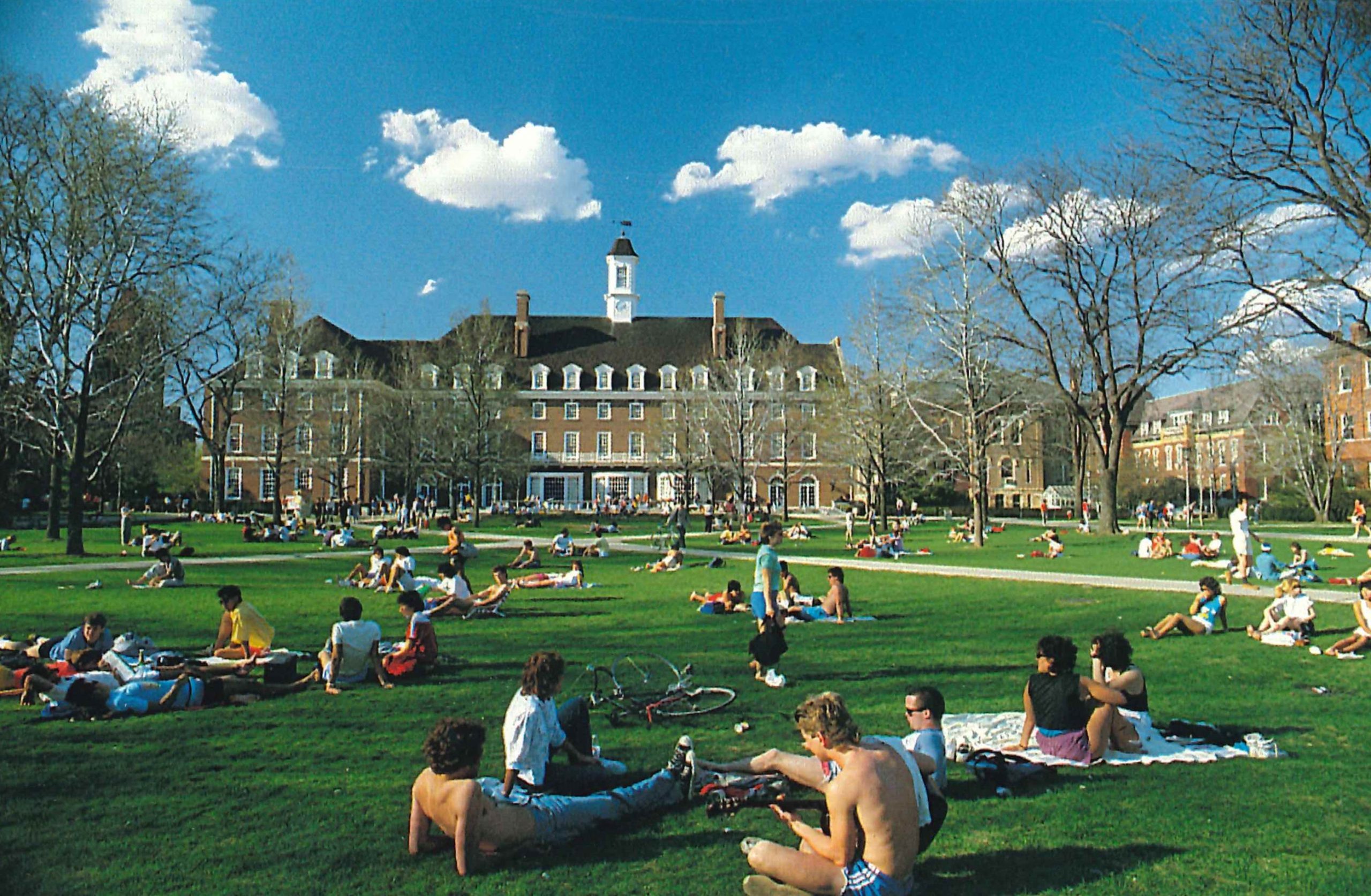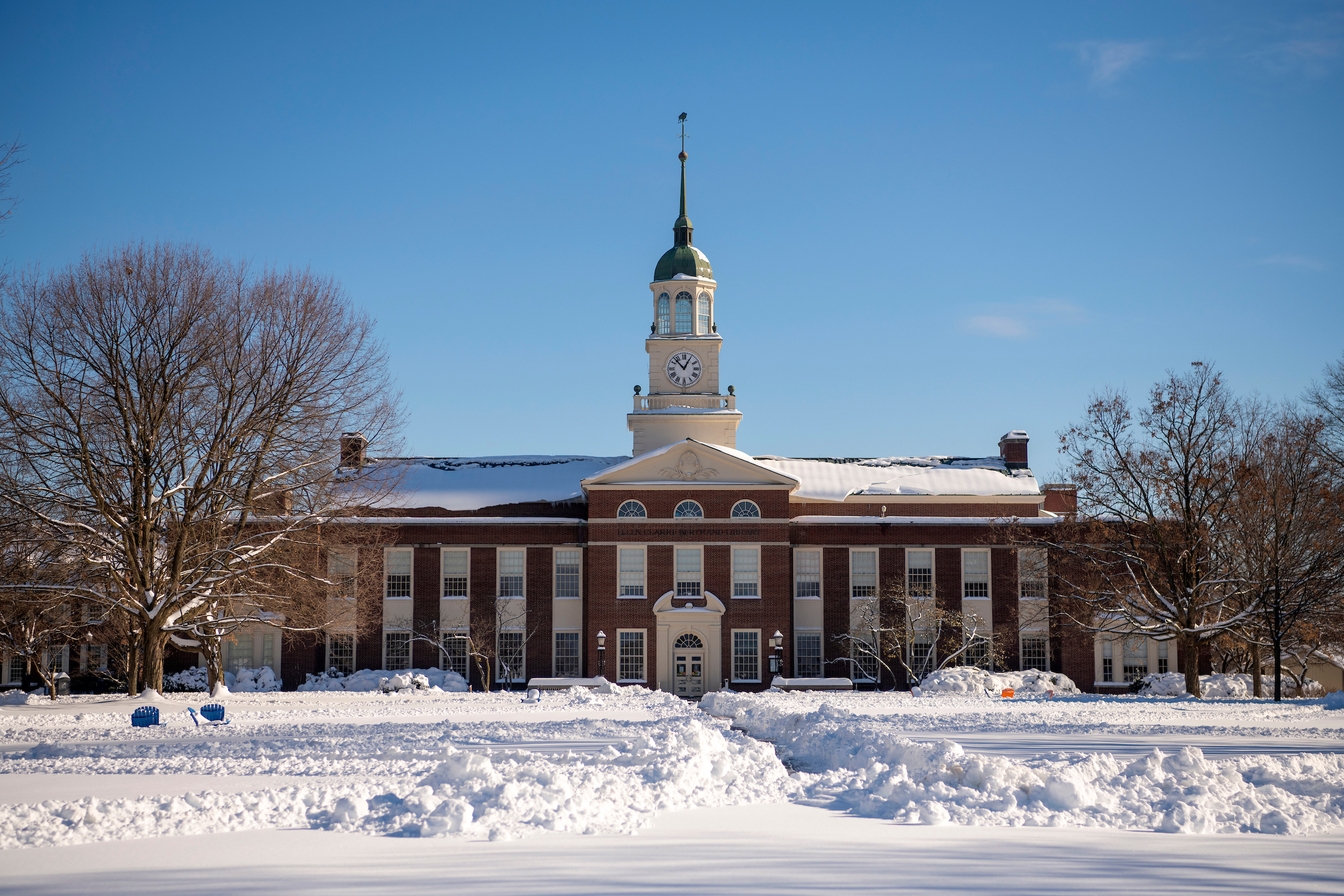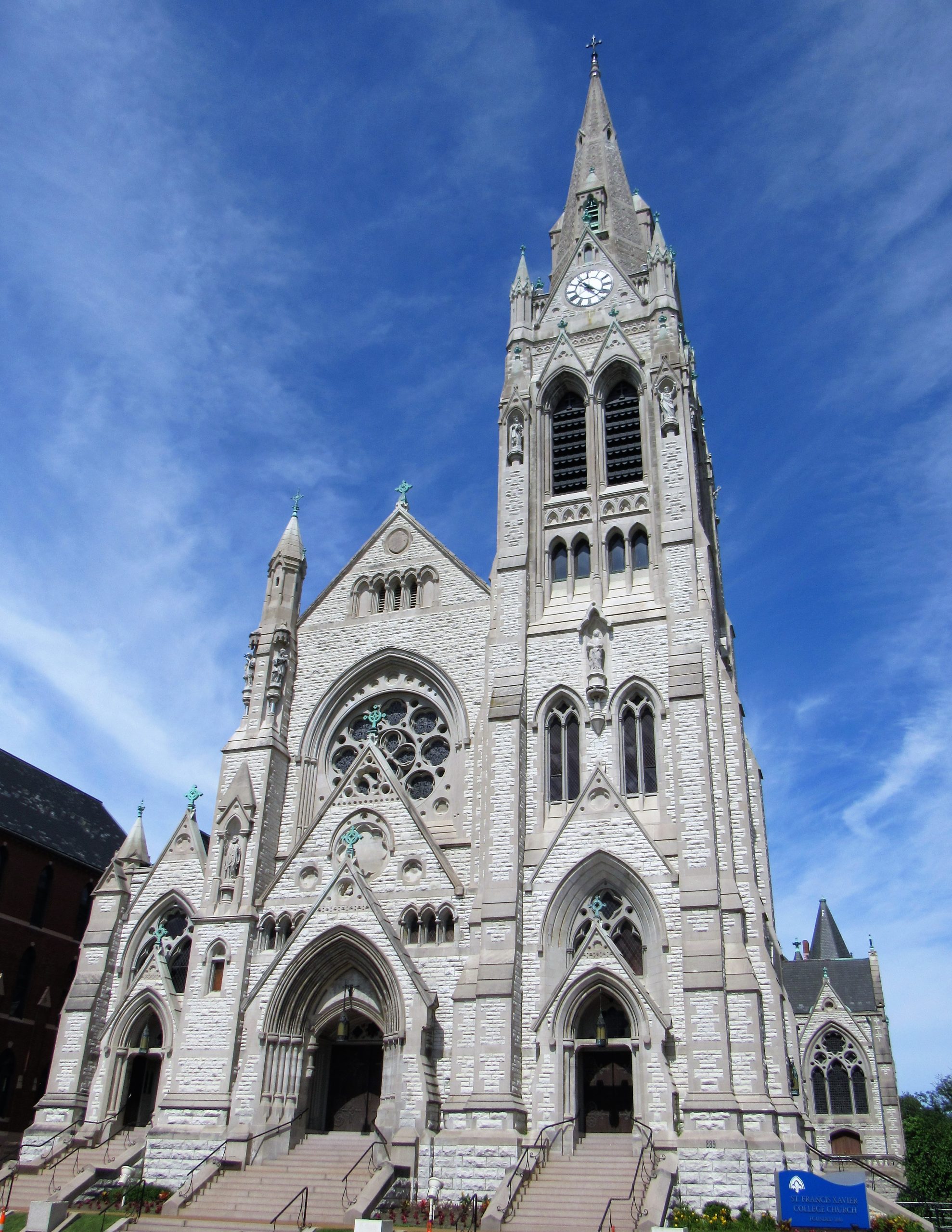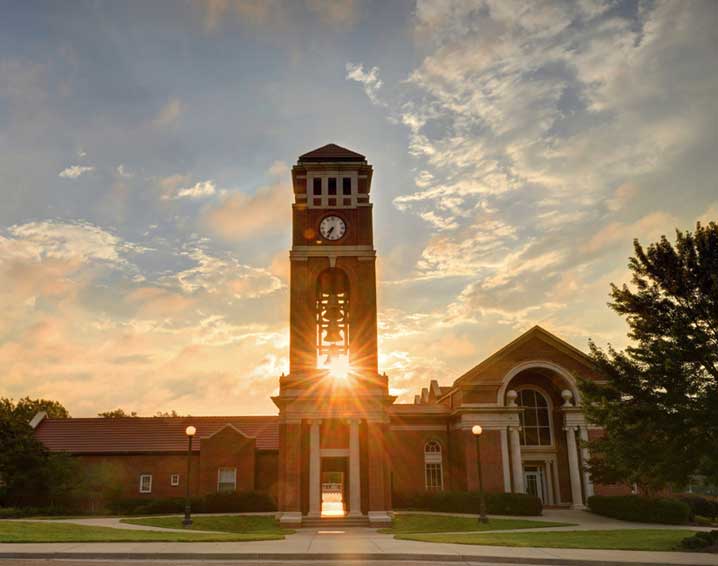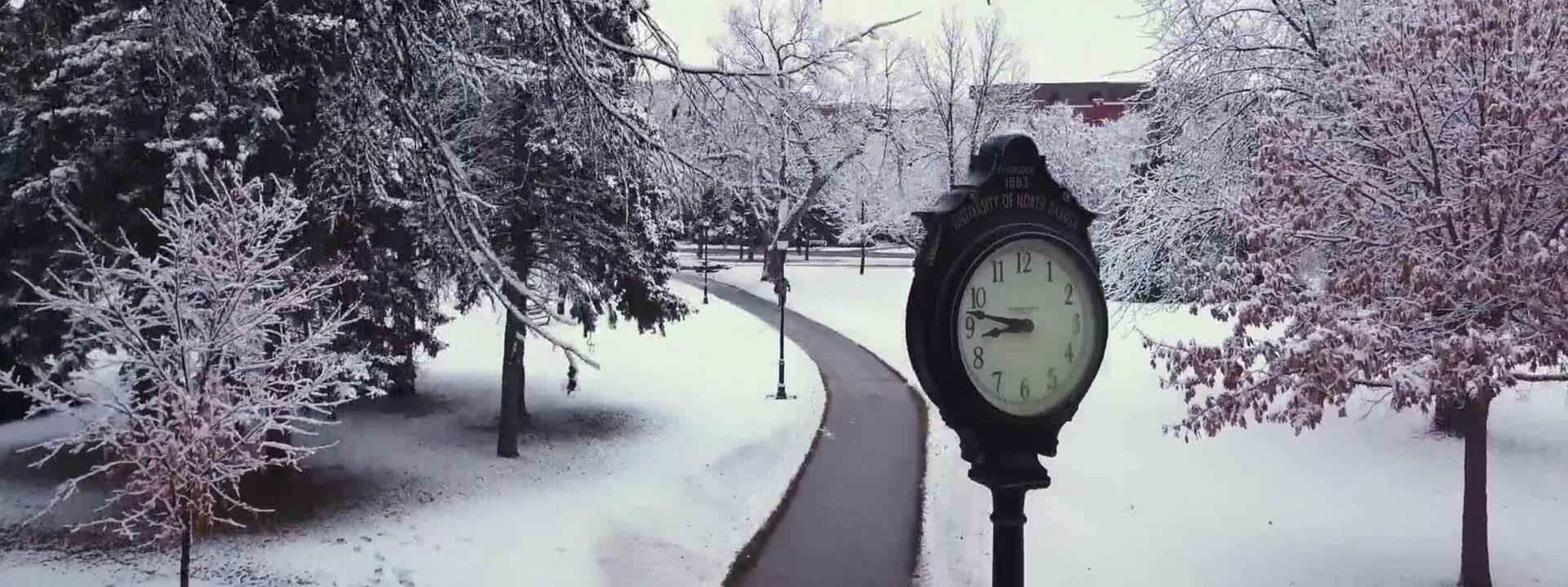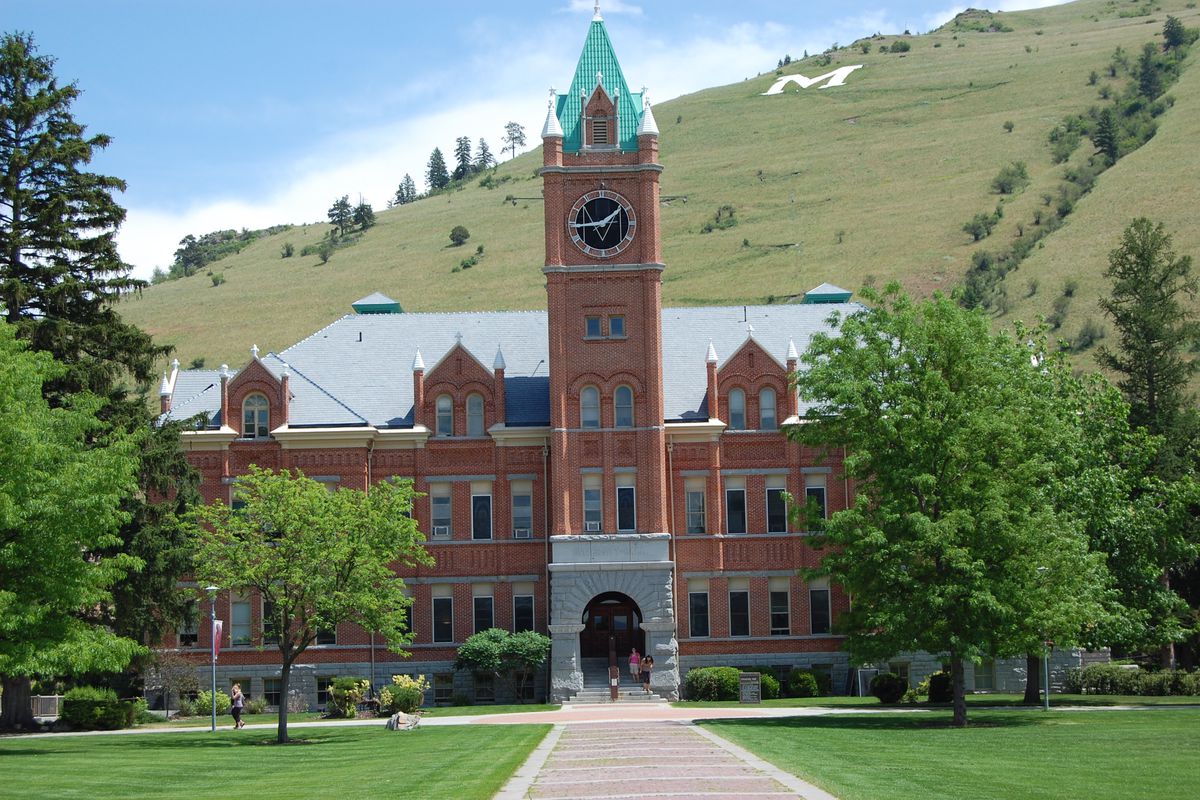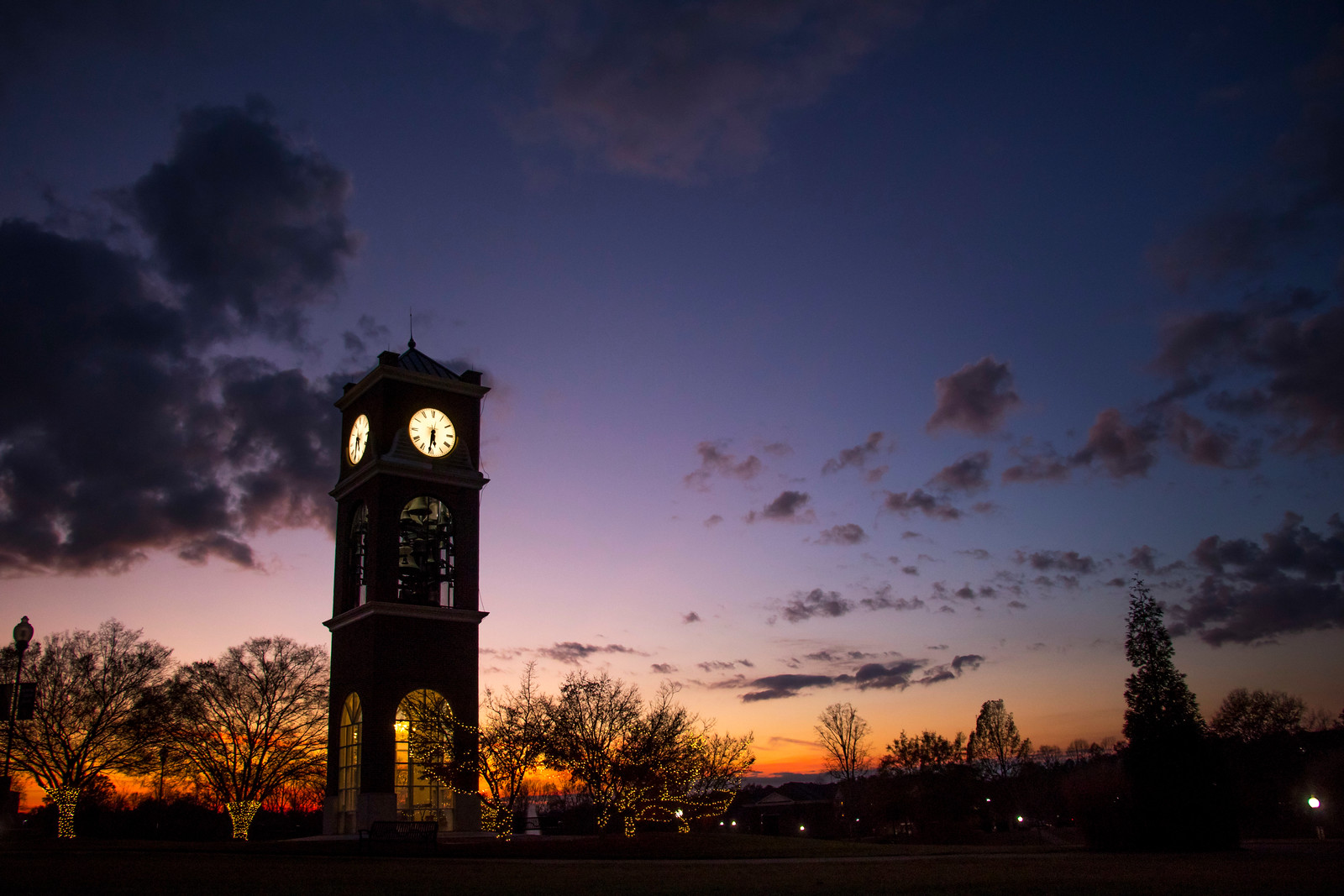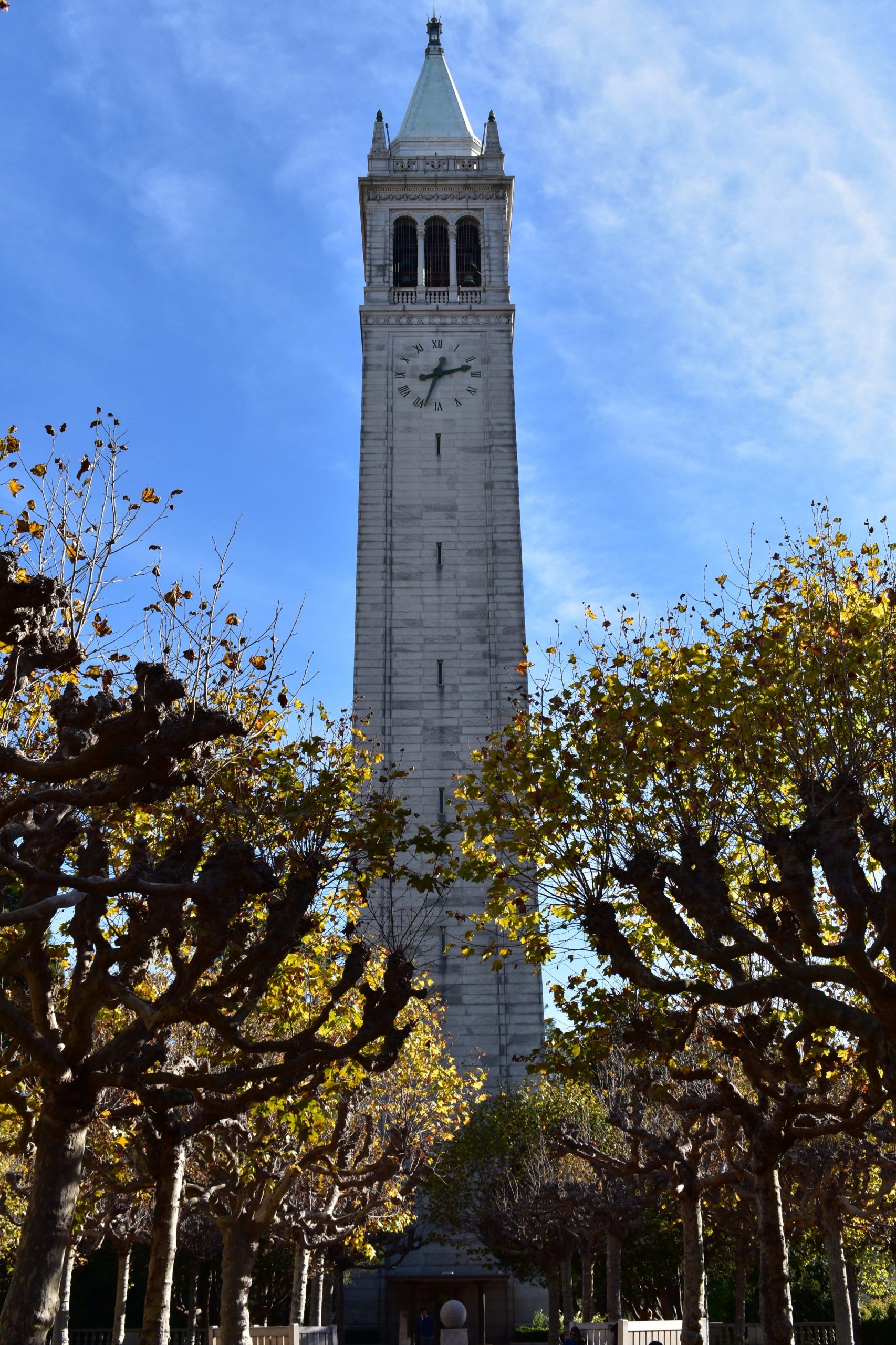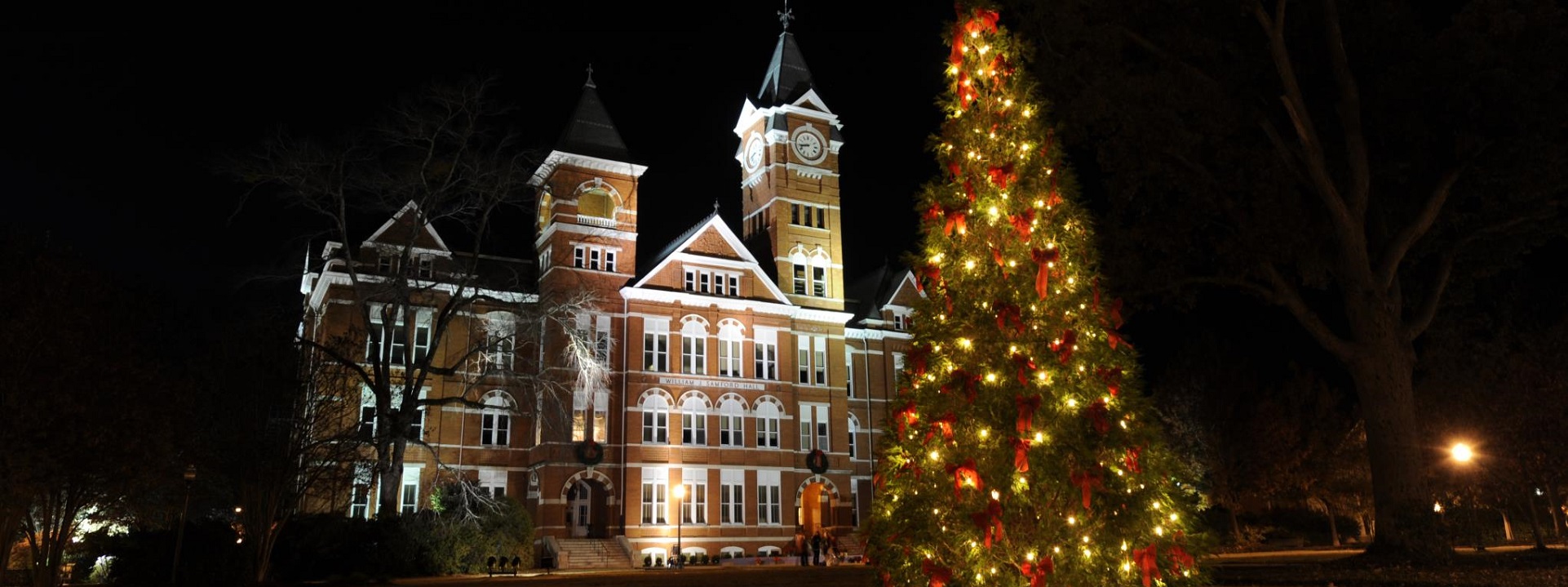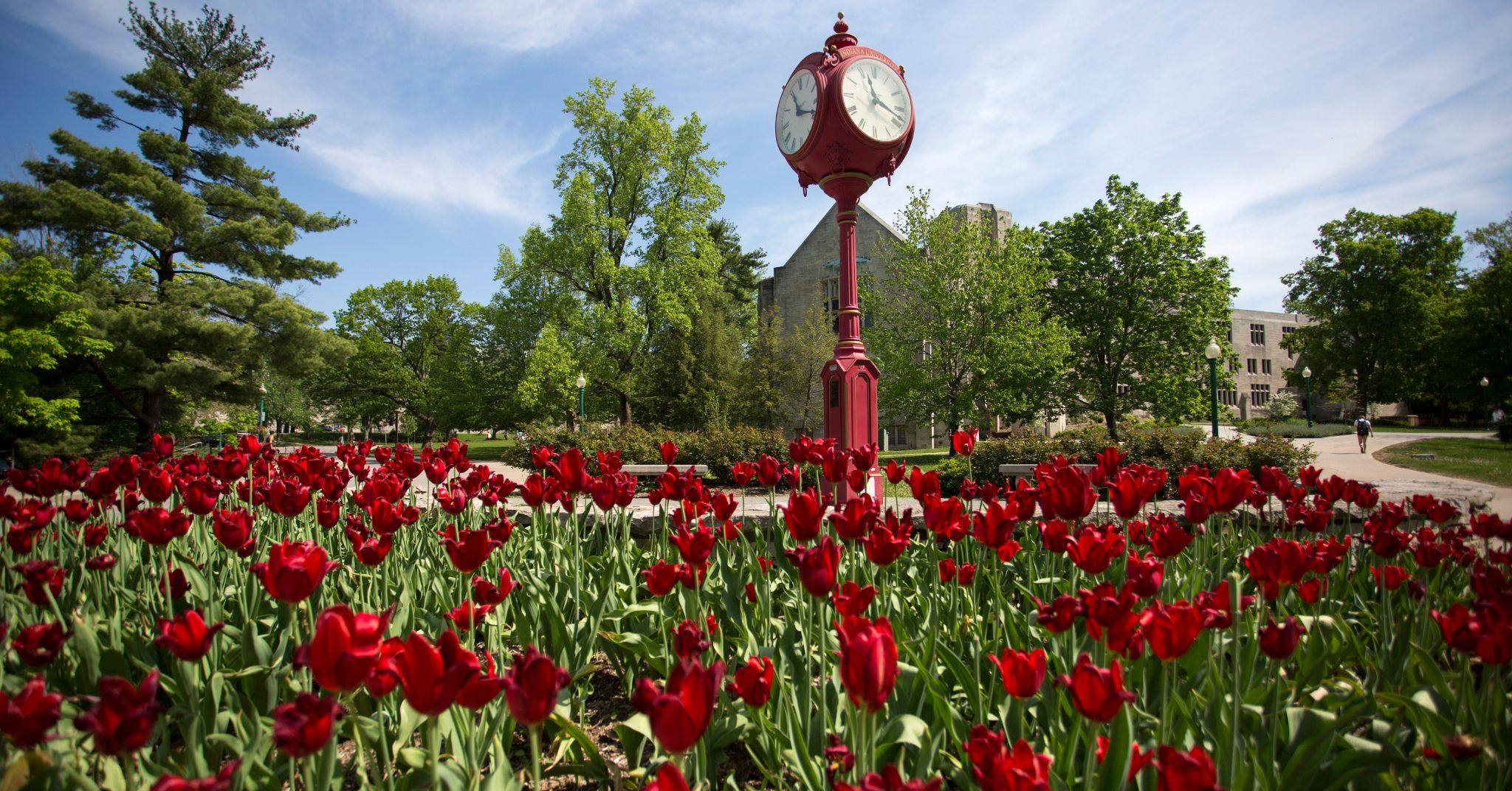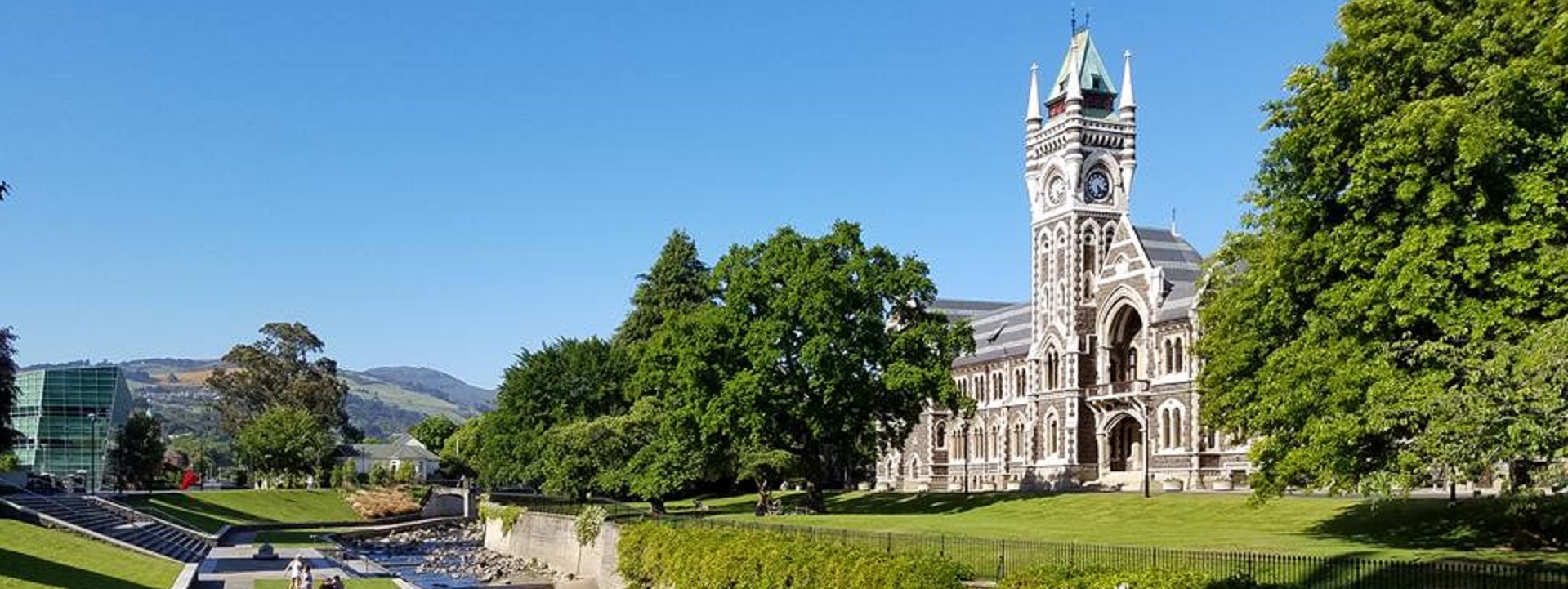(Night’s Rest) from the Times of Day series. (1889) Alphonse Mucha (1860-1939) pic.twitter.com/FWv0zVmRqN
— Filipe Floyd (@FloydFilipe) September 12, 2023
Tag Archives: Holiday Week
- Home
- Posts tagged "Holiday Week"

Watch & Night Operations
Makowiec
Makowiec is a poppy seed roll evolving from East European baking tradition that is commonly served during the Christmas season. It is a sweet pastry filled with a mixture of ground poppy seeds, honey, nuts, and sometimes raisins. The roll is often braided or shaped into a log and can be dusted with powdered sugar.
University of Michigan Slavic Languages and Literatures: Polish
Anna’s Food Blog: Polish Your Kitchen
Related:
Two square miles: The Evolution of Hamtramck as “Little Poland”
Womb Army: “How Hamtramck, a small town within Detroit, became America’s first Muslim-majority city”
How Hamtramck, a small town within Detroit, became America’s first Muslim-majority city https://t.co/62HOvETkUd
— Detroit Free Press (@freep) May 27, 2025
All That Remains:
What Is A Standard Drink?
“It’s a fine line between Saturday night
and Sunday morning” – Jimmy Buffett
“Rather a bottle in front of me
than a frontal lobotomy” — Some guy
Many people are surprised to learn what counts as a “drink”. The amount of liquid in your glass, can, or bottle does not necessarily match up to how much alcohol is actually in your drink. Even before the United States federal government withdrew from regulating alcohol, the conversation, and degree of agreement and attitude, remains remarkably regionally specific:
Missouri University of Science & Technology: What is a Standard Drink?
University of South Alabama: What is a Standard Drink?
Stanford University Office of Alcohol Policy and Education
Other nations serve alcohol to students on campus in university owned facilities.
I didn’t know that🤔 pic.twitter.com/rMT3X2fCN0
— Alix (@AlixG_2) August 17, 2024
— Dr. Maya C. Popa (@MayaCPopa) May 26, 2023
Casual reminder that Wisconsin has more bars than grocery stores pic.twitter.com/dG8YYRkoKd
— Midwest vs. Everybody (@midwestern_ope) March 30, 2025
not sure if anyone cares on here, but I've been sober 1 year today❤️🩹 pic.twitter.com/q33BaYPXPx
— Sophia Chloe 🇱🇷🇬🇧 (@_Hani_945) December 27, 2025
Peppermint Coffee
“It’s Time To Tell You EVERYTHING…” | Victor Davis Hanson
“Established in 1956, National University of Natural Medicine is the oldest accredited naturopathic medical university in North America and a leader in natural medicine education and evidence-based research. As one of the most respected universities of natural medicine in the world, our participation in international medical education and research is routinely solicited. We believe in the healing power of nature, and that food is medicine.”
Peppermint, scientifically known as Mentha × piperita, is a hybrid mint, a cross between watermint (Mentha aquatica) and spearmint (Mentha spicata). It belongs to the Lamiaceae family, which also includes other aromatic herbs like basil, rosemary, and lavender. Here are some key scientific points about peppermint:
Botanical Classification: Lamiaceae
Characteristics: Peppermint is a herbaceous perennial plant known for its distinctive minty aroma and flavor. It has square-shaped stems, serrated leaves, and produces small purple or white flowers in spikes.
Chemical Composition: The characteristic flavor and scent of peppermint are attributed to its essential oil, which contains menthol as a major component. Other compounds found in peppermint oil include menthone, menthyl acetate, and various terpenoids.
Cultivation: Peppermint is a hardy plant and is known to grow well in a variety of climates. It is often cultivated for commercial purposes, both for its culinary use and the extraction of essential oils.
Peppermint has been adapted for pharmaceutical and cosmetic purposes. Its essential oil is extracted for use in aromatherapy, and peppermint tea is a common herbal infusion enjoyed for both its taste and potential health benefits.
Bastyr University: Herbal Science Program
University of California Berkely Jepson Herbaria
Maryland University Integrative Health: Herbal Medicine
Why Can No One Think Rationally Anymore? – George Mack
Schenkingen
“The secret of great fortunes without apparent cause
is a crime forgotten, for it was properly done.”
Are they hedge funds with a side hustle in teaching, research and building construction? Are they tricked out memorial gardens for philanthropists? In either case leaders of educational settlements are expected to act in the best interests of both their institution and their donors, and to maintain high standards of transparency, accountability, and ethical conduct when accepting charitable gifts.
University endowments are comprised of money or other financial assets that are donated to academic institutions. Charitable donations are the primary source of funds for endowments. Endowment funds support the teaching, research, and public service missions of colleges and universities.
In the case of endowment funds for academic institutions, the income generated is intended to finance a portion of the operating or capital requirements of the institution. In addition to a general university endowment fund, institutions may also maintain a number of restricted endowments that are intended to fund specific areas within the institution, including professorships, scholarships, and fellowships.
More
2021 NACUBO-TIAA Study of Endowments
University of Michigan: Policy Guidelines for Naming of Facilities, Spaces and Streets
Dartmouth University Endowment Report 2023
https://www.dartmouth.edu/investments/docs/dartmouthendowmentreport2023.pdf
The largest philanthropic gift ever given to a United States college or university is the donation of $9.6 billion made by MacKenzie Scott to various organizations, including several universities, in 2020. Scott, the ex-wife of Amazon founder Jeff Bezos, made the donation as part of her commitment to give away the majority of her wealth to charitable causes. The universities that received donations from Scott include historically black colleges and universities, community colleges, and research universities such as the University of California, San Diego, and Johns Hopkins University. The donation was considered significant not only for its size but also for its focus on supporting organizations that serve underrepresented and marginalized communities.
There are several standards and best practices that are generally followed by universities and colleges when accepting charitable gifts. These standards are designed to ensure that the gift is used effectively and that the interests of both the donor and the institution are protected. Some of the key standards include:
- Transparency and accountability: Universities and colleges are expected to be transparent about how gifts are used and to provide regular reports to donors on the impact of their gifts.
- Due diligence: Universities and colleges are expected to conduct due diligence on potential donors to ensure that their gifts do not create conflicts of interest or ethical concerns.
- Gift acceptance policies: Many universities and colleges have established gift acceptance policies that outline the types of gifts that will be accepted and the procedures for accepting them.
- Donor recognition: Universities and colleges are expected to recognize donors in an appropriate and meaningful way, while avoiding actions that could be seen as an endorsement of the donor’s business or political interests.
- Ethical fundraising: Universities and colleges are expected to follow ethical fundraising practices, including avoiding pressure tactics or misleading information, and ensuring that donors are aware of any tax implications of their gifts.
Overall, universities and colleges are expected to act in the best interests of both their institution and their donors, and to maintain high standards of transparency, accountability, and ethical conduct when accepting charitable gifts.
Date & Time: Representations For Information Interchange
Most nations follow the day/month/year format (07/01/19 for January 7, 2019, for example), but the United States adheres to its own format of month/day/year (1/7/19 or 1/7/2019). The potential for misinterpreting dates across national boundaries is the logic for ISO 8601:2019 – Data Elements And Interchange Formats – Information Interchange – Representation Of Dates And Times, the ISO format for dates represents year, month, and day from the largest unit to the smallest, most specific unit of time. The ISO date format is the date format used in SQL and is the default date setting on many computers.
ISO 8601-1:2019 Date And Time – Representations For Information Interchange – Part 1: Basic Rules
More
How the ISO Date Format Tells Today
Date and time formats used in HTML
Horologiorum
University of New Hampshire
Good luck to all those helping to move their student in to UoB accommodation this weekend! It will be a busy time with lots of students moving in, but there will be lots of support on the day, so just ask!
There’s also lots to do on campus too so come along & have a wander around pic.twitter.com/xZHG3RA2z4— Uni of Birmingham (@unibirmingham) September 21, 2024
'Twas the night before the start of the fall semester. ⏰ pic.twitter.com/JZkLHr8xxQ
— Alumni Association of the University of Michigan (@michiganalumni) August 28, 2023
Niner Nation is behind you, @UNC. Together, we are all one Carolina. pic.twitter.com/0wlCj72Lh6
— UNC Charlotte (@unccharlotte) August 29, 2023
Bucknell University Pennsylvania![]()
More
National Institute of Science & Technology: Time and Frequency
National Institute of Science & Technology: Current Reliability of the WWVB Time Code
What is time?
“What then is time? If no one asks me, I know what it is.
If I wish to explain it to him who asks, I do not know.”
Saint Augustine (“Confessions” Book XI)
One NIST electrical engineer has a unique perspective on the passage of time, being one of the keepers of time for the country. Read his take: https://t.co/99CqMgoSM8 pic.twitter.com/RrlbcTPfXx
— National Institute of Standards and Technology (@NIST) December 31, 2024
New update alert! The 2022 update to the Trademark Assignment Dataset is now available online. Find 1.29 million trademark assignments, involving 2.28 million unique trademark properties issued by the USPTO between March 1952 and January 2023: https://t.co/njrDAbSpwB pic.twitter.com/GkAXrHoQ9T
— USPTO (@uspto) July 13, 2023
Standards Michigan Group, LLC
2723 South State Street | Suite 150
Ann Arbor, MI 48104 USA
888-746-3670





